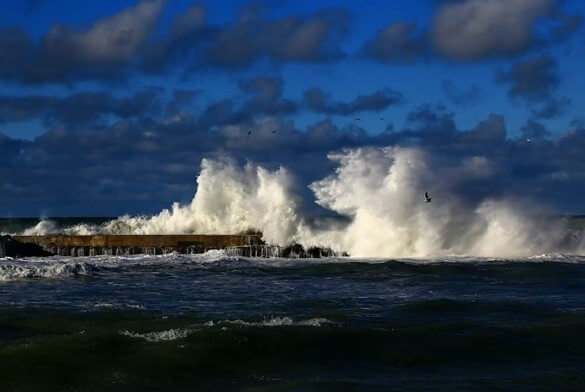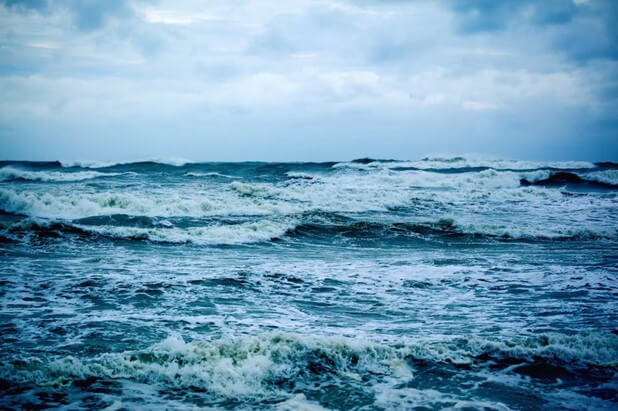In a recent update, the storm Hurricane Idalia is predicted to reach the shores of Florida‘s Big Bend area north of Tampa on Wednesday morning.

As it approaches the Sunshine State, meteorologists predict that the storm will increase even more, potentially reaching the category of a major Category 4 hurricane by Tuesday night. In a recent projection, it has been forecasted that the landfall in Florida is expected to occur by midday Wednesday.

Hurricane Idalia is expected to cause a devastating storm surge along the west-central Florida and Big Bend coastline. Additionally, a concentrated area of destructive winds is anticipated to impact a region in North Florida. The potential impact of this natural disaster is significant, posing a serious threat to the affected areas. The National Hurricane Centre warned of storms causing “life-threatening situations that extend further northward.
In an update provided by the National Hurricane Centre about the other related hurricane threat in the Atlantic, it has been stated that Hurricane Franklin is anticipated to divert away from Bermuda, passing to the northwest on Wednesday. Furthermore, the center has predicted a weakening mode for the storm, which will likely start on Tuesday afternoon. It is not likely to cause any problems for the continental United States.
Making an important move, Florida Governor Ron DeSantis has officially declared a state of emergency in over 46 counties.
This extensive area comprises the state’s northern region that extends from the Gulf Coast to the Atlantic Coast. Pasco County, located north of Tampa, has recently implemented a mandatory evacuation order affecting specific areas within the county. This order extends to the entire county, which is home to nearly 600,000 individuals, specifically targeting residents residing in manufactured or mobile homes and those living in recreational vehicles (RVs).
The latest estimates indicate that the storm is expected to land on Wednesday morning, specifically between 7 a.m. and 11 a.m. Eastern Time (ET). The primary threat associated with the impending landfall of Idalia is the massive storm surge expected to occur.
Furthermore, there may be many individuals who need to prepare for the approaching storm in the southern regions.
The storm is expected to pass by these areas, potentially catching people off guard. Keeping in mind an expanding storm, experts are warning that the impending storm surge could reach as far as US Route 19, impacting a significant expanse of land. Residents near US Route 19 and surrounding areas are urged to stay informed about the evolving situation and take necessary precautions to ensure safety. The severity of the situation has left locals astounded as they face an unprecedented natural disaster.

Its trajectory and intensity are expected to generate powerful winds and a surge of seawater that could inundate low-lying regions along the coast.
In the coastal regions, such as those near Naples, which may not be as densely populated, the potential reach of the surge raises alarm bells for a wider area. As Hurricane Idalia approaches, the weather service has issued a warning for coastal areas stretching from Cape Sable in the Everglades to the Florida Keys. According to the data, these regions could experience storm surges up to two or three feet above ground level.
The surge could affect the major roadways, leading to disruptions and hazards for those in its path.
Meteorologists warn coastal area residents further up the coast to remain vigilant as storm surge threats escalate. The latest estimates indicate that these regions, particularly northwestern Florida and the Panhandle, could face potential surges of up to 11 feet. As the storm approaches, experts closely monitor the situation and urge residents to take necessary precautions.
The projected surge height is a cause for alarm, as it can potentially cause significant damage to coastal communities and pose a serious threat to public safety.
Governments are making crucial guidelines of the safety of the residents and it’s your responsibility to follow the guidelines for your own safety.
It is also crucial to have emergency kits ready, secure your house, and avoid roaming around the sea area.
